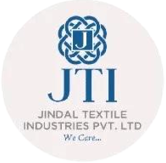- Model Town, Panipat, Haryana
info@jindaltex.com
Infrastructure
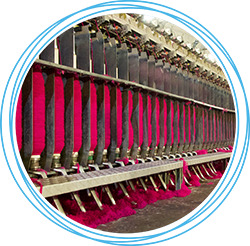
The foundation of the textile industry
Spinning is the first and the most integral part of the textile industry. It is the primary stage where different types of fibres come together and get converted into yarn. The process involves the twisting of drawn-out strands of fibres to form the yarn. In this, ring-spinning is used to spin the yarn. This yarn then travels through many processes for the final product to take shape, for instance, a blanket.
The complex process of spinning can be divided into different stages for easier understanding. The step-by-step process to make short-staple yarn (typically spun from fibres from 0.75 to 2.0 inch) includes - blending, dyeing, opening, carding, pin-drafting, roving and spinning. The spinning frame
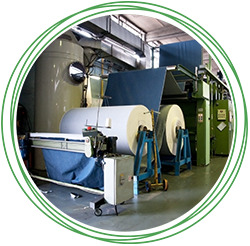
Digital Textile Printing is a specialized form of roll-to-roll wide-format inkjet printing. Jindal Woollen regards digital textile printing a game-changer and hence houses three such machines. This is proving to be a promising way to reduce water and energy consumption, and waste and water pollution associated with traditional textile dyeing and printing. With the adoption of this new technology, Jindal Woollen is able to deliver environmentally viable quality products with ease.
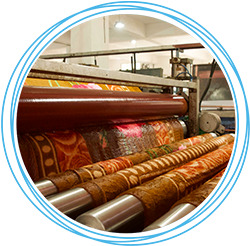
Dyeing is a process of colouring textile materials to make them look more appealing and attractive. Jindal Woollen makes use of such machines of the finest quality for the smooth execution of this intricate process. Jindal Woollen always adheres to strict quality control in order to maintain consistency in its products which matches international standards.
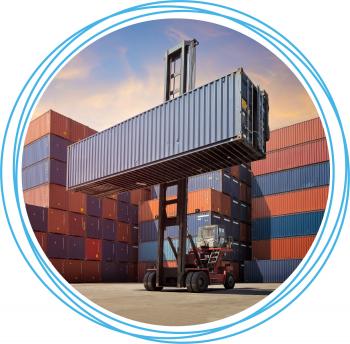
Making quality products available across the globe
Jindal Woollen's finest quality products are in high demand across continents. We take great pride in our products and never compromise on their quality. That's why we are the preferred choice of many clients across the globe. Our association with our international partners has grown stronger in the last few years and we are now gearing up to enter new markets with more aggression.

Ensuring efficient enclosing and protection
Once the products are made, the next stage of Packing-Dispatching comes into being. It refers to the technology that encloses and protects the products that are ready for distribution. The three-step process involves the design, evaluation and production of the packages so that the final products can be transported through logistics and reach the end-user.
The art of packaging has evolved over the decades. From paper, wooden barrels and woven bags to tinplate, transparent cellophane overwraps, packaging has come a long way. The current packaging procedures ensure 100% safety of the products. Addition of materials like aluminium and plastic strips have improved the performance and

The process of packaging does not simply end once the products are packed and dispatched. From here, three other technological aspects become part of the whole process. These three aspects are: identification codes, barcodes, and electronic data interchange (EDI). These three technological tools help Jindal Woollen track the packages/shipping containers throughout the distribution channel with utmost ease and efficiency.
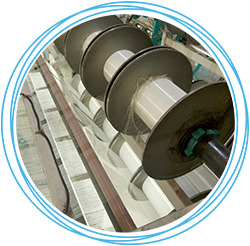
Tearing Machine is an excellent waste management method used for textile recycling on woven and non-woven fabrics. Jindal Woollen factory houses four such machines which help in selecting the desired quality of the fabric and always meet the demands of the clients on time. With this machinery at its disposal, Jindal Woollen is also one of the leading manufacturers in the textile industry to have embraced this new wave of sustainability.
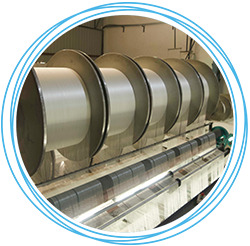
The pillar of strength for the textile industry
After spinning, weaving is the second stage where fabric is formed. In weaving, two distinct sets of yarns are interlaced at right angles to form a fabric. Through a warp and weft method, these threads of yarns are interwoven. This process is very important, as this is where the true characteristics of the cloth emerge.
The fabric is woven on a loom, which is a device used to hold the warp threads in place while filling threads are woven through them. The method with which the warp and filling threads interlace with each other is called 'weave.'
There are three types of basic weaves - plain weave, satin weave, and twill. Majority of the woven
